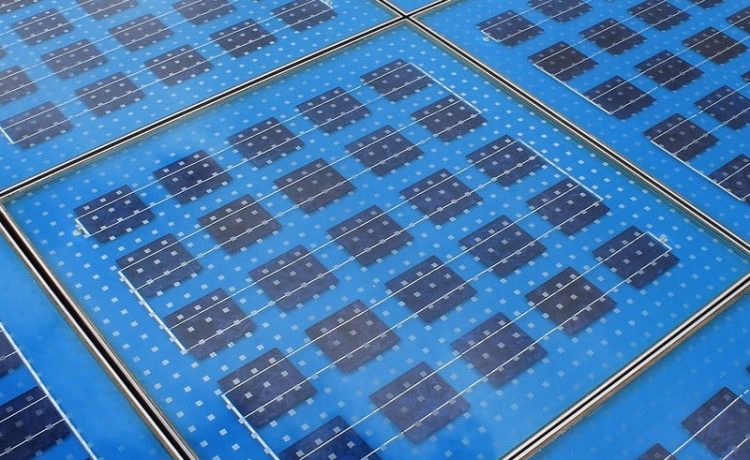Researchers at the University of Kaunas have developed a groundbreaking indoor solar cell technology with a remarkable 37% charging efficiency. This innovation addresses the longstanding challenge of converting artificial light into energy, a process that has traditionally been less efficient compared to solar energy conversion.
The new solar cells were developed to be efficient and capable of handling energy from a limited light spectrum. The material is made from an organic semiconductor combined with perovskite resulting in a decent energy conversion rate. The light source used in the experiments conducted by the research team was a warm white LED with a temperature of 3,000 Kelvin, corresponding to the typical room temperature for living rooms.
The spectrum is similar to that of natural light but it lacks infrared radiation. Apart from a special layer of perovskite, the cell utilizes thiazole molecules to conduct positive charges. The extensive experiments yielded a 37% efficiency using light from a standard LED. The efficiency of the new solar cell technology is just 19% when utilizing solar energy.
Current photovoltaic cells hardly work indoors where artificial light with a smaller spectrum and less energy is present. There are a lot of small devices such as smart sensors, digital clocks, and similar low-energy devices that function at night when solar energy is not available. The new indoor solar cells therefore provide new vistas for many possibilities. The cells could provide power for these devices based on minimal artificial light which is almost always available at night.
Future Prospects
While there is no confirmed timeline for the commercial availability of this indoor solar cell technology, the research indicates promising potential for future applications. The advancements by the University of Kaunas team represent a significant step forward in sustainable energy solutions for indoor environments.
As the research progresses, the transition of this technology from the laboratory to the market could revolutionize the way we power low-energy devices, ensuring sustainability and efficiency in energy use even in the absence of sunlight.






